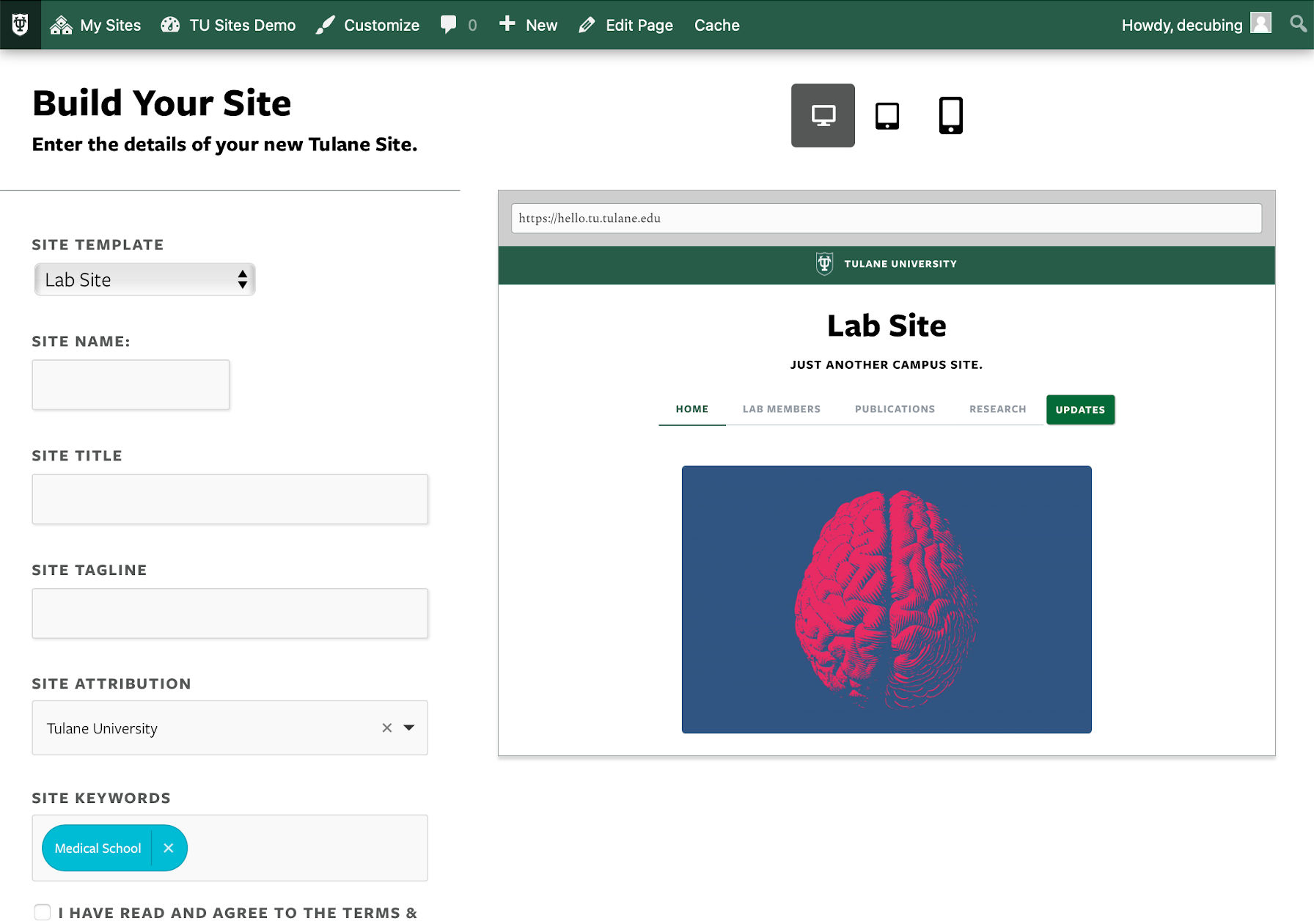Google quietly concluded its FLoC (Federated Learning of Cohorts) origin trial this week. The trial was part of Google’s Privacy Sandbox initiative, a suite of new technologies designed to replace third-party cookies, fingerprinting, and other commonly-used tracking mechanisms. This particular experiment groups people together based on browsing habits and labels them using machine learning.
FLoC’s trial was scheduled to end Jul 13, 2021, and Google has decided to remove the project from the testing phase while analyzing feedback.
“We’ve decided not to extend this initial Origin Trial,” Google senior software engineer Josh Karlin said in thread on Chromium’s Blink Developers group forum. “Instead, we’re hard at work on improving FLoC to incorporate the feedback we’ve heard from the community before advancing to further ecosystem testing.”
The controversial experiment has been met with opposition from privacy advocates like makers of the Brave browser and EFF who do not perceive FLoC to be a compelling alternative to the surveillance business model currently used by the advertising industry. Amazon, GitHub, Firefox, Vivaldi, Drupal, Joomla, DuckDuckGo, and other major tech companies and open source projects have already opted to block FLoC by default.
So far, Twitter has been the first major online platform that appears to be on board with FLoC after references to it were recently discovered in the app’s source code.
Google’s initial efforts in presenting FLoC failed to gain broad support, which may have contributed to the company putting the brakes on its plan to phase out third-party cookies in Chrome by 2022. As the advertising industry yields to pressure from the last few years of privacy legislation, third-party cookies will be on their way out in what is colloquially known as the “Cookie Apocalypse.” Google has postponed this milestone for Chrome to begin in mid-2023 and end in late 2023.
“We need to move at a responsible pace,” Chrome Privacy Engineering Director Vinay Goel said. “This will allow sufficient time for public discussion on the right solutions, continued engagement with regulators, and for publishers and the advertising industry to migrate their services. This is important to avoid jeopardizing the business models of many web publishers which support freely available content.”
Discussion on a proposal for WordPress to block FLoC has stalled in Trac but may have been premature in the first place if FLoC doesn’t end making it to further testing. Proponents of blocking FLoC saw WordPress’ support or opposition as critical to the success or failure of FLoC adoption on the web.
A recent article on the WordPress.com VIP blog titled “Goodbye, Third-Party Cookies, Hello Google’s FloC,” indicates that Automattic may be straddling the fence on the controversial new technology:
FLoC has its plus points. But it isn’t as privacy-focused as we would like, and can lead to discriminatory practices, as described above. Then there’s the concern of letting Google dominate yet another aspect of tech. Google also plans to charge any third-party tracking company for use of any of the data it has collected.
For the time being, it looks like major tech platforms are off the hook for taking an active position on FLoC since it has been sent back for major modifications. In the most recently updated timeline for Privacy Sandbox milestones, Vinay Goel said Google received “substantial feedback from the web community during the origin trial for the first version of FLoC.”
At the conclusion of its origin trial, FLoC seems far from ready for adoption, having failed to gain a foothold in the industry. The concern is that Google may ram FLoC through anyway using the weight of Chrome’s market share, despite the web community’s chilly reception. Although these proposed changes to ad tech will impact the entire industry, as well as regular internet users, Google does not intend to disclose any of the private feedback the company received during FLoC’s origin trial.
“The main summary of that feedback will be the next version, and you can surmise based on what features (and the reasoning for these changes) are available in the next version,” Google mathematician Michael Kleber said during a recent Web Commerce Interest Group (WCIG) meeting.
Privacy advocates want to see more transparency incorporated into this process so that major concerns are not left unaddressed, instead of leaving it to stakeholders across the web to try to deduce what Google has solved in the next version of FLoC. Overhauling the advertising industry with new technologies should be done in the open if these changes are truly intended to protect people’s privacy.




 Long-form content has quickly become a staple blog post type used by brands as it tends to rank well in search – especially in competitive niches. But longer pages can make for a clumsy reading experience. Accordion plugins can help WordPress website owners reduce scrolling and make their posts appear less intimidating. What is an […]
Long-form content has quickly become a staple blog post type used by brands as it tends to rank well in search – especially in competitive niches. But longer pages can make for a clumsy reading experience. Accordion plugins can help WordPress website owners reduce scrolling and make their posts appear less intimidating. What is an […]




























